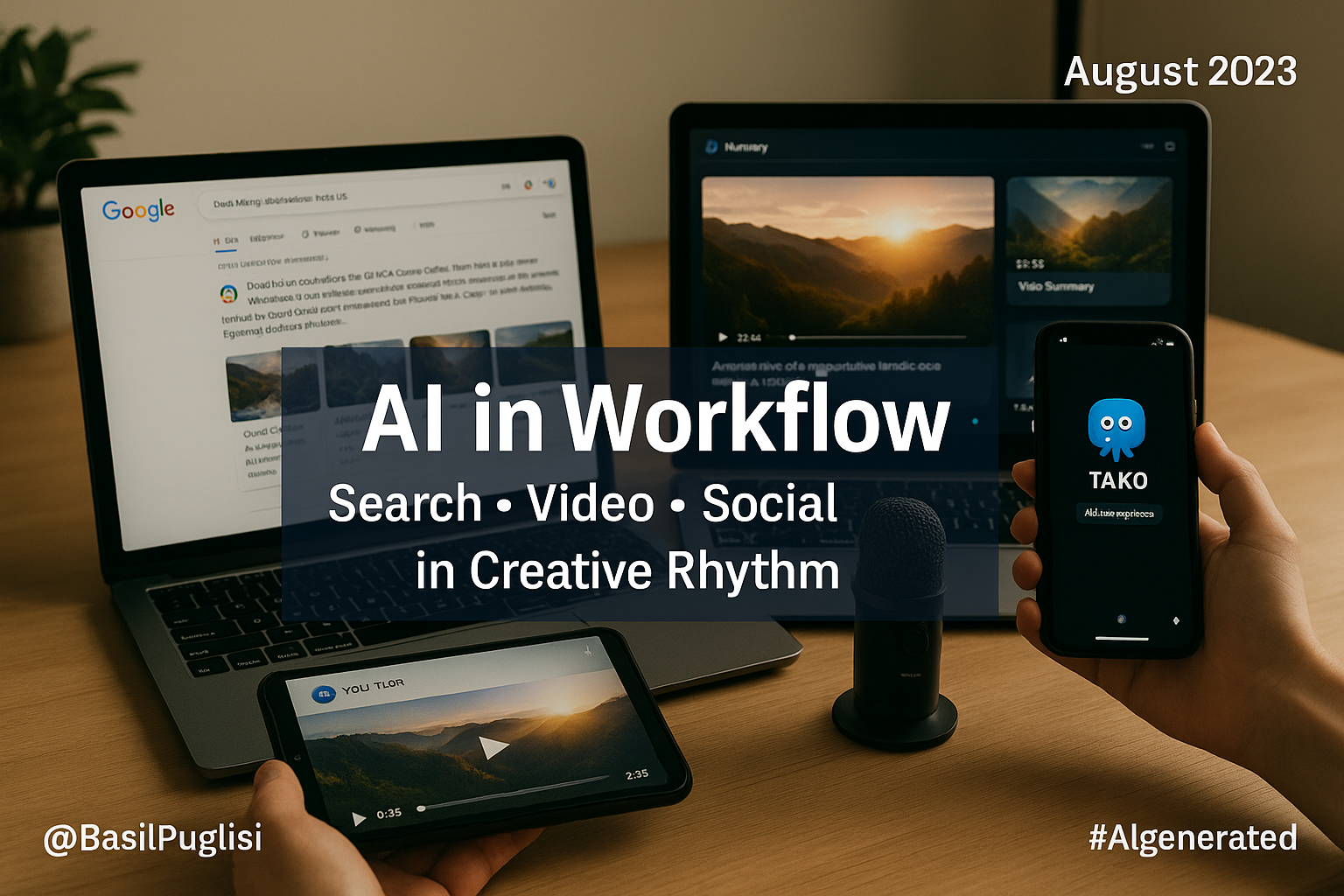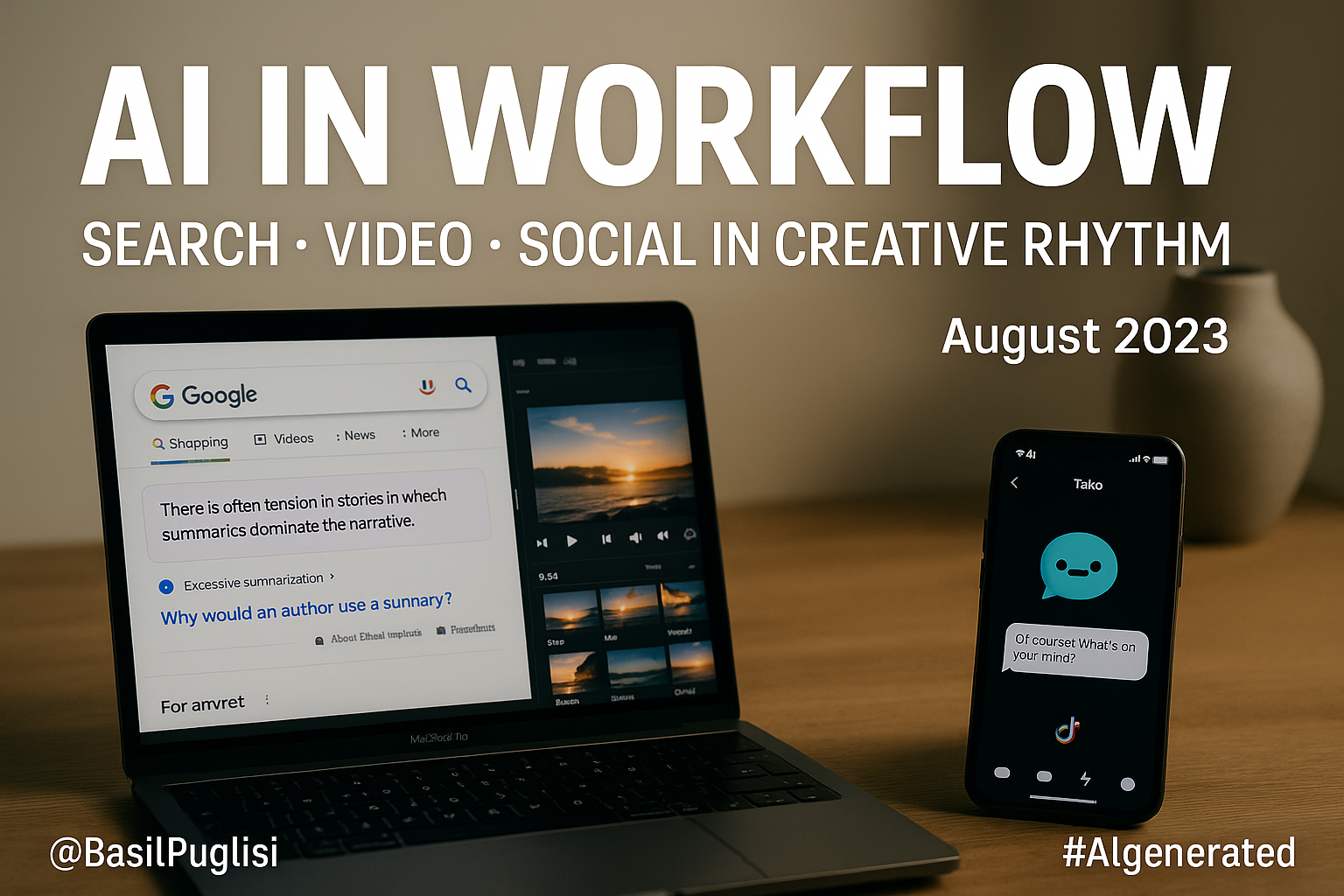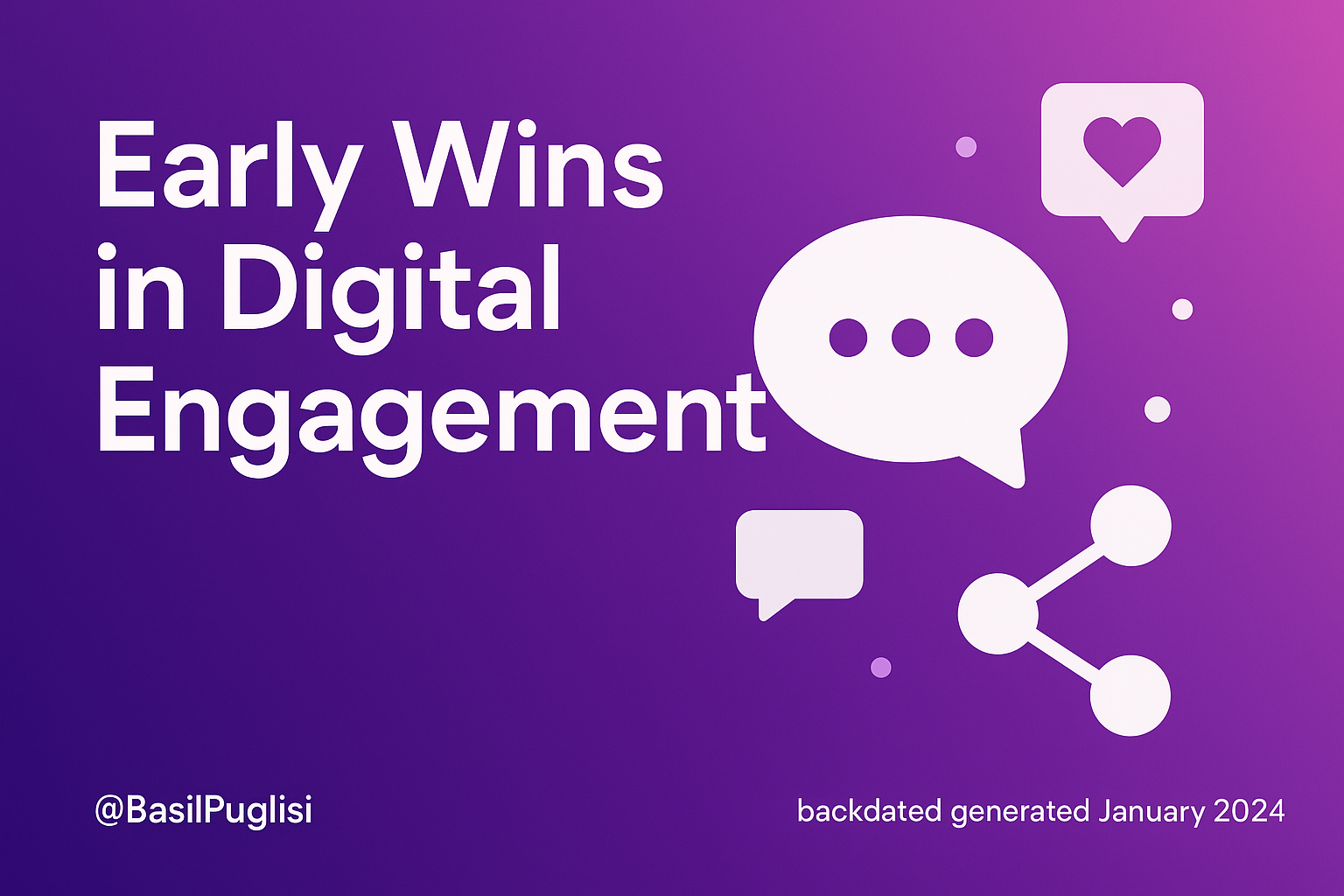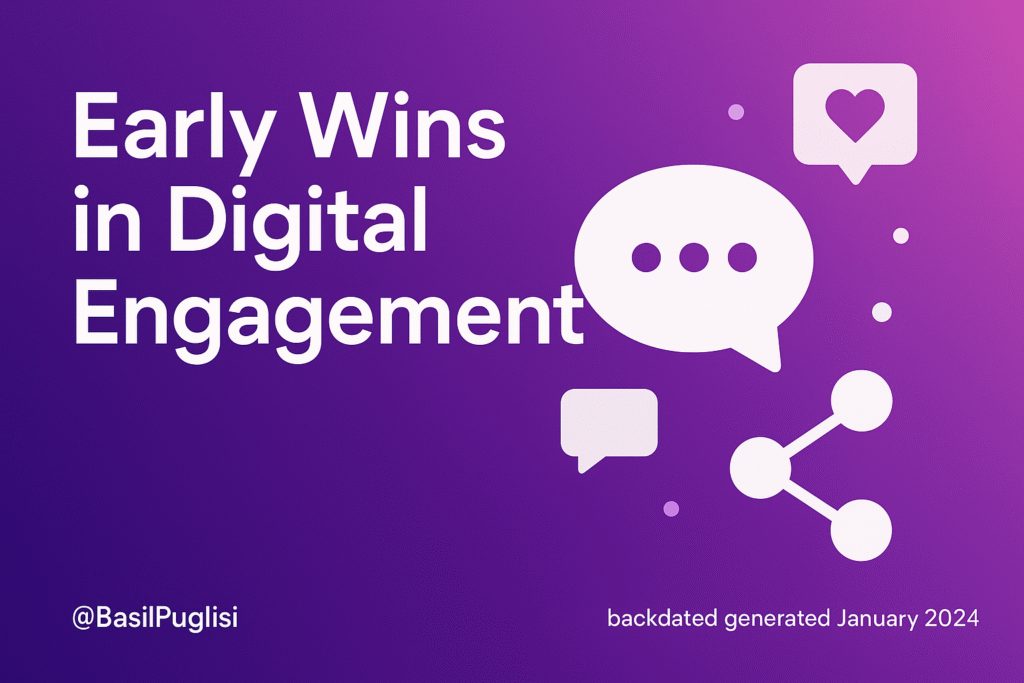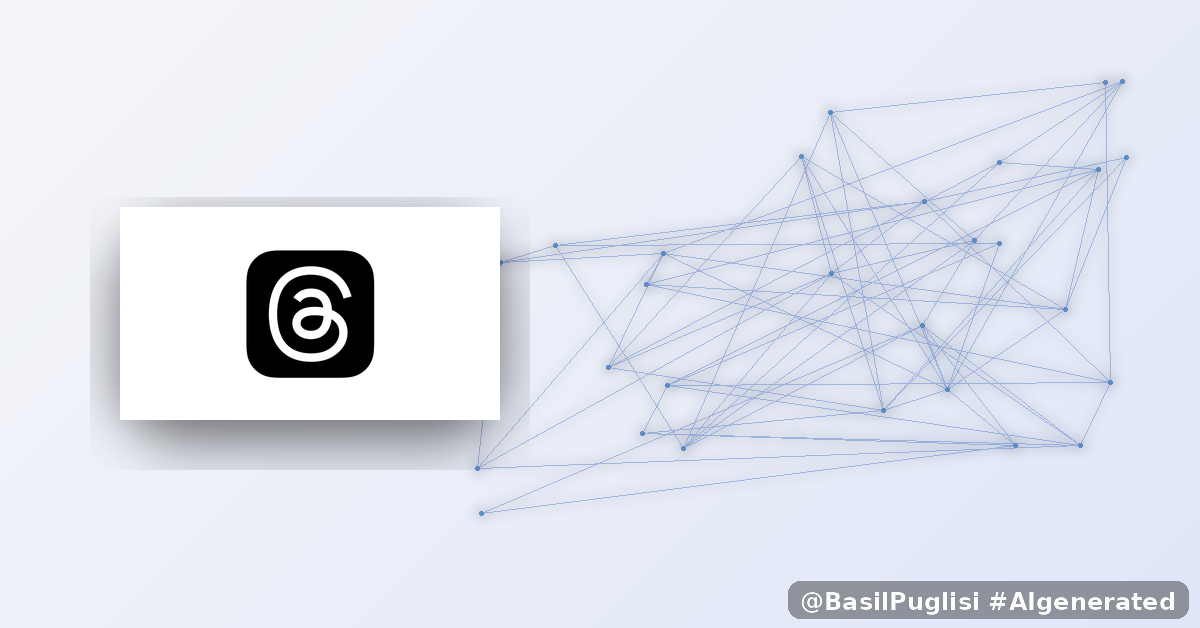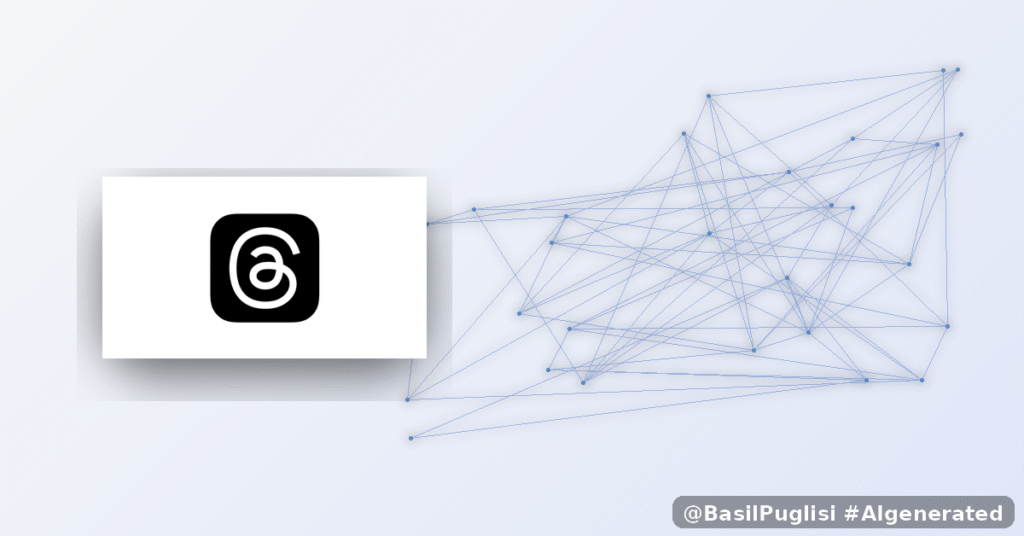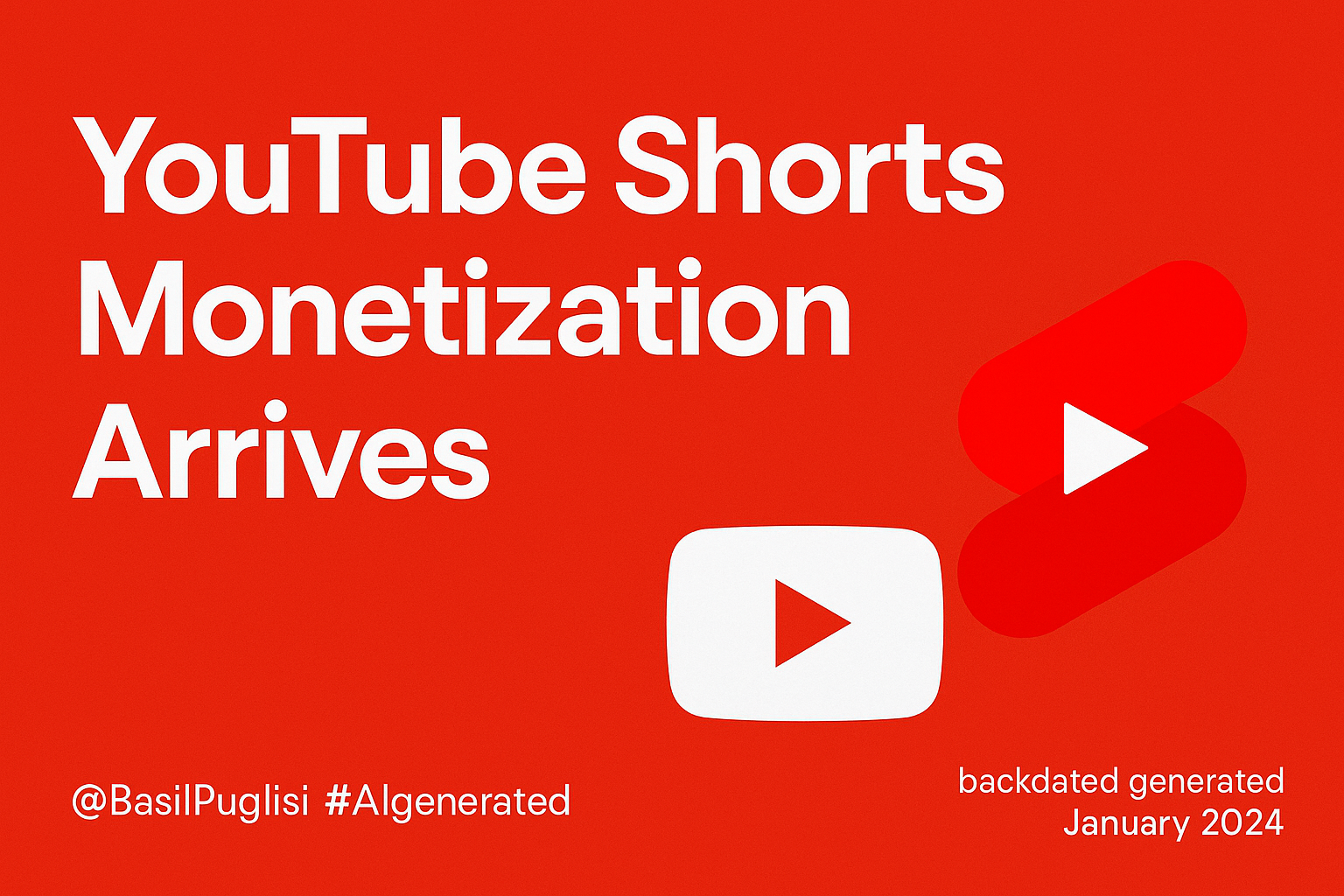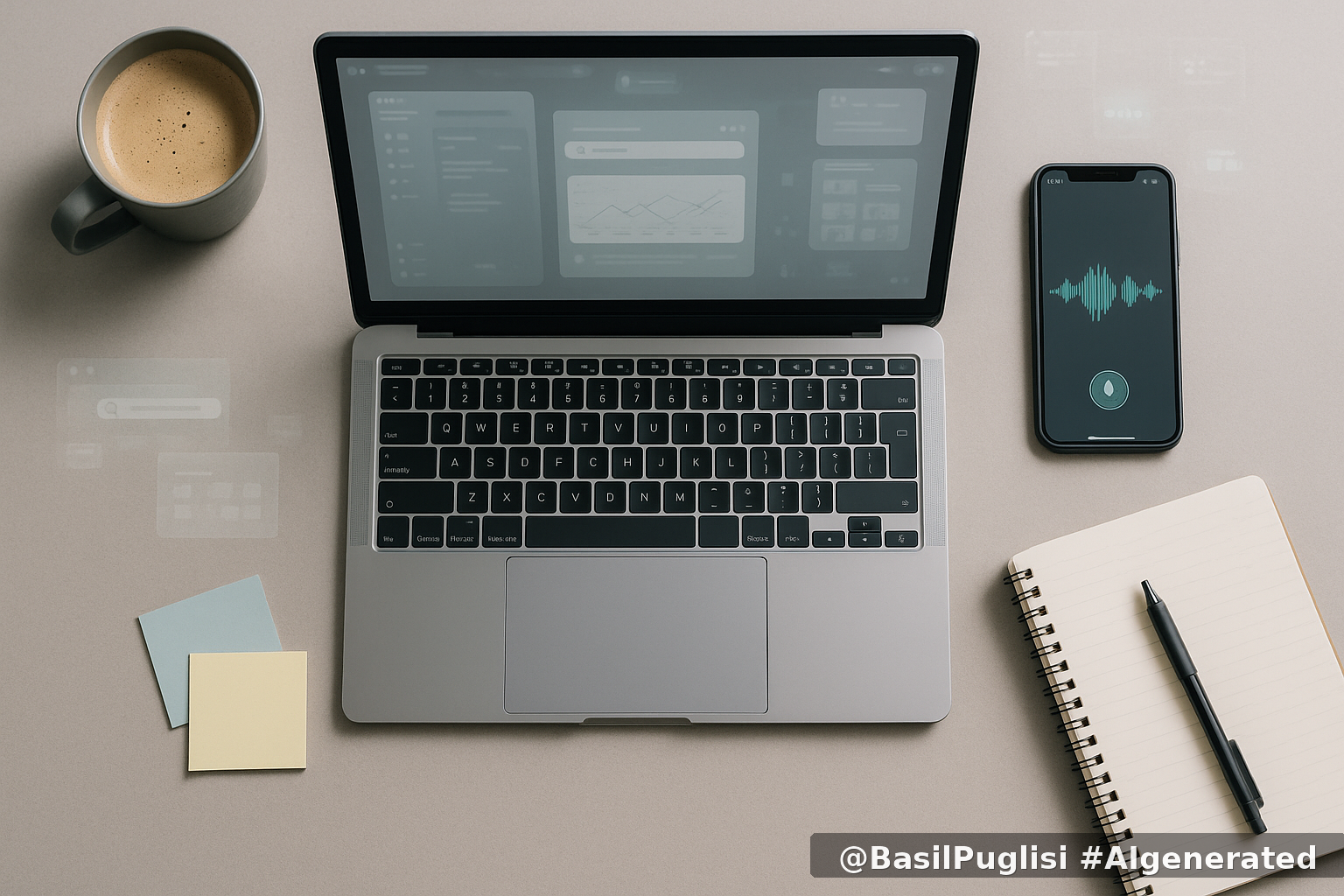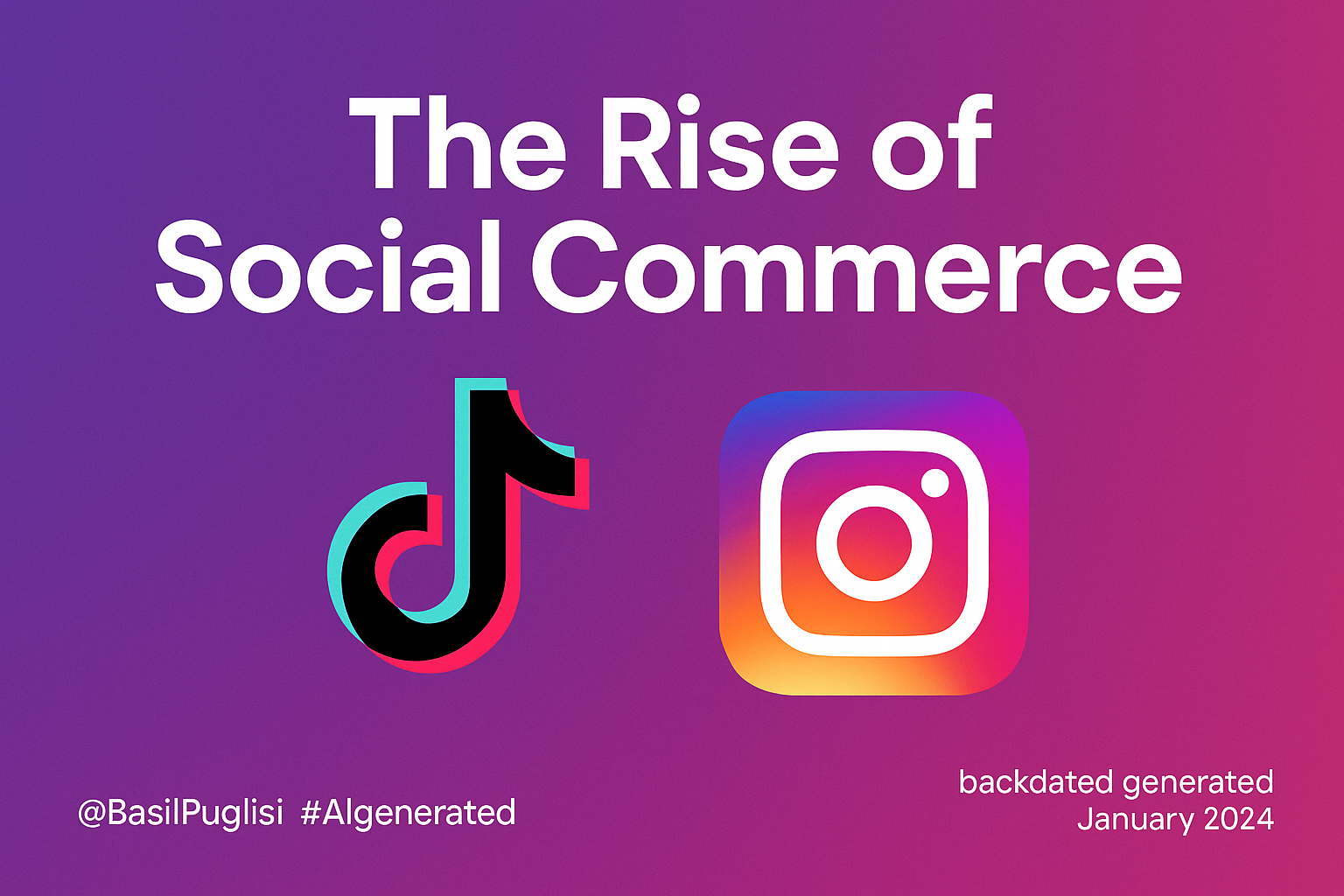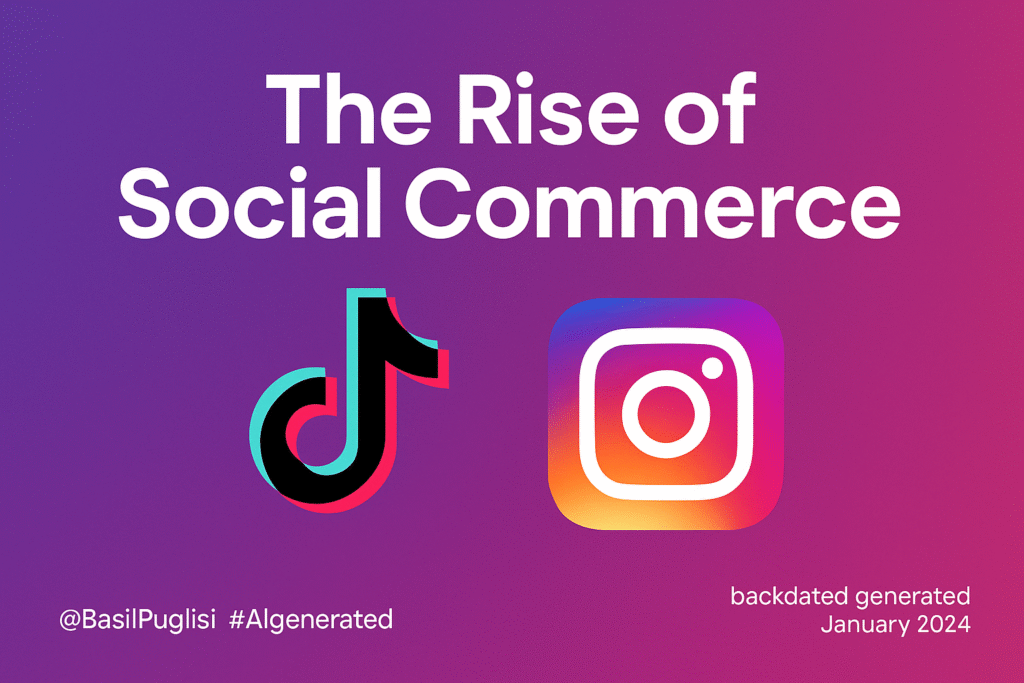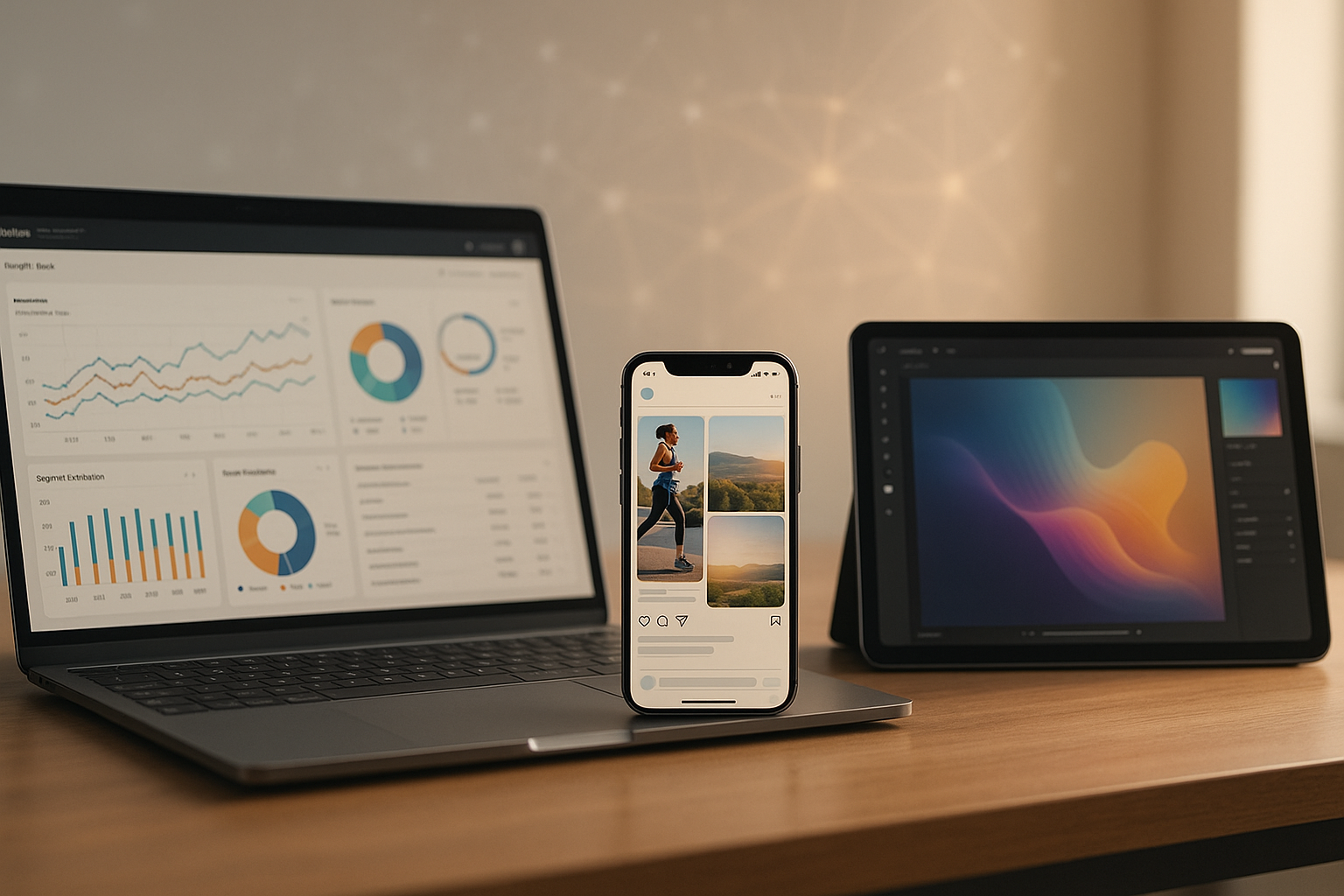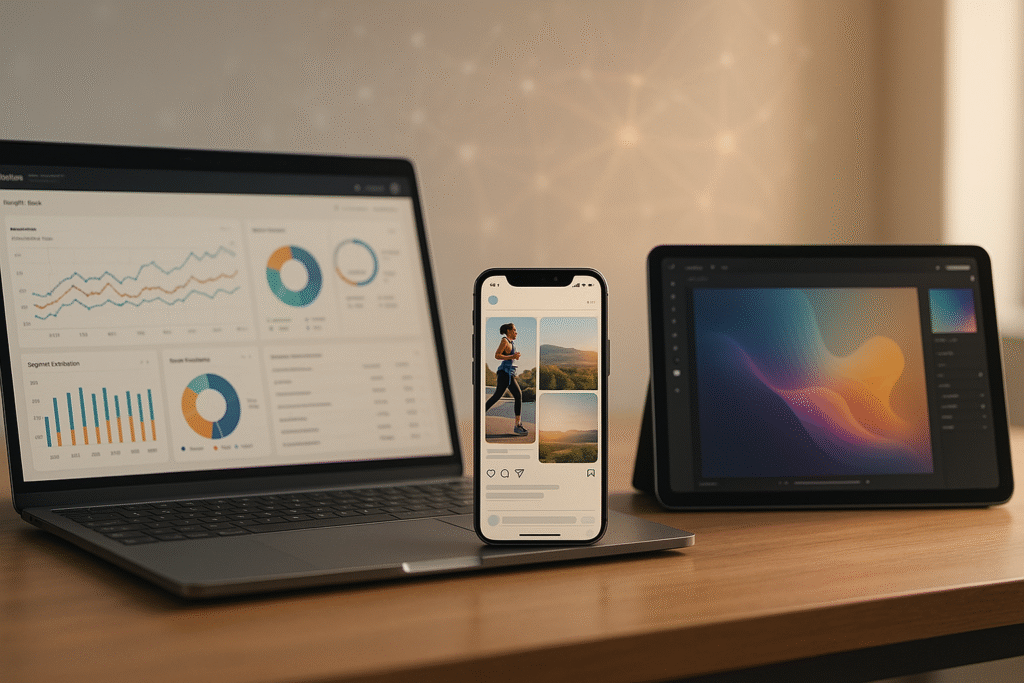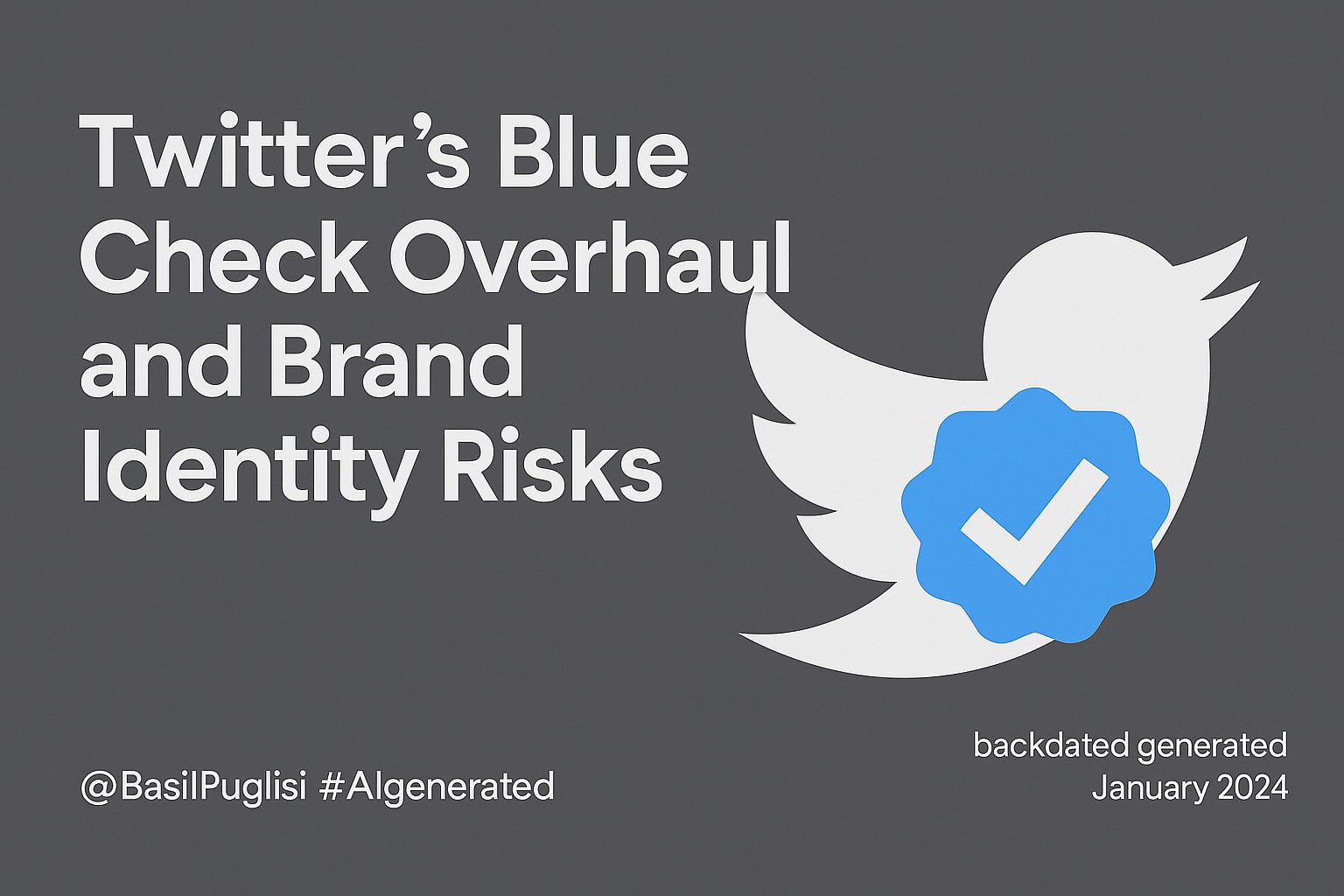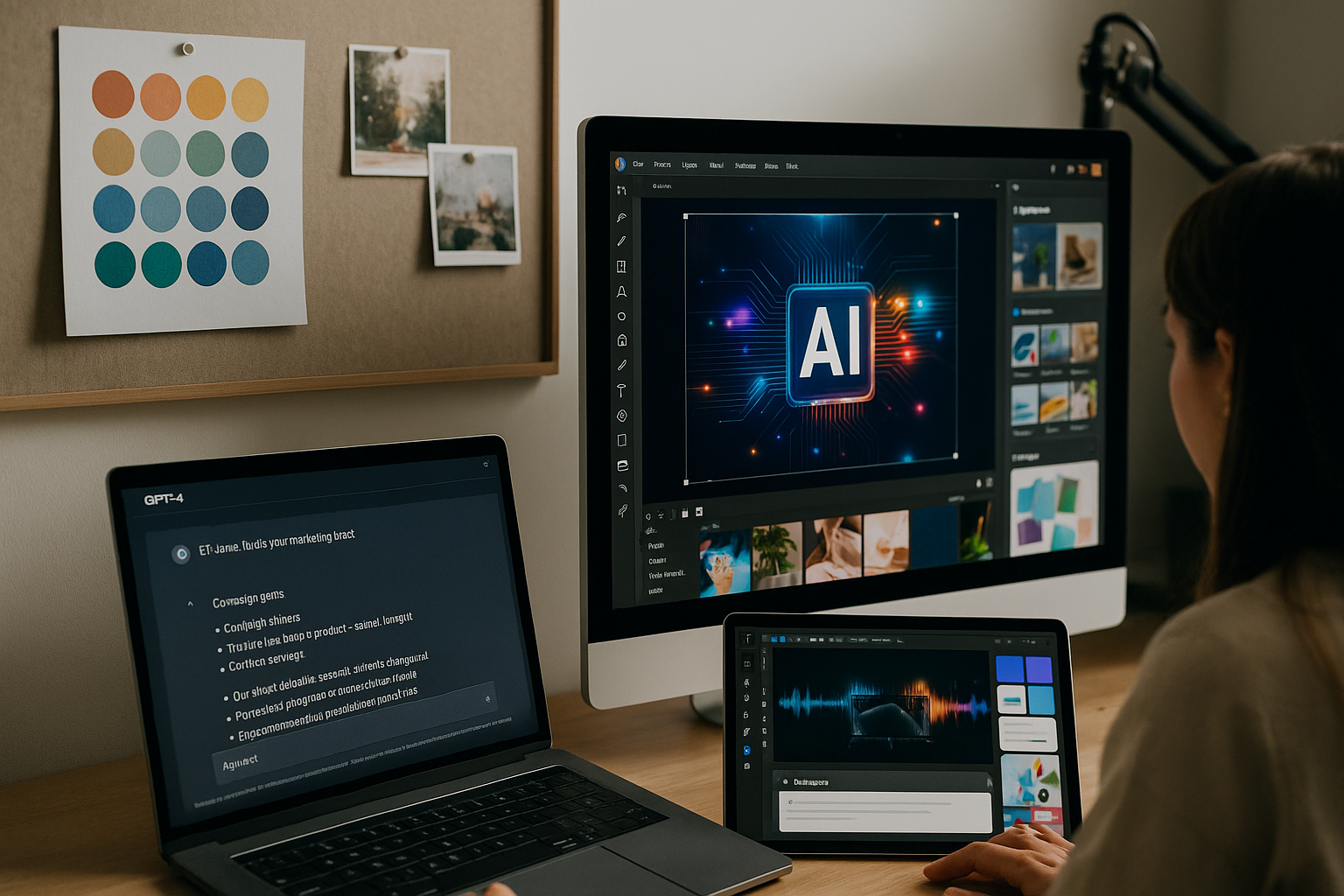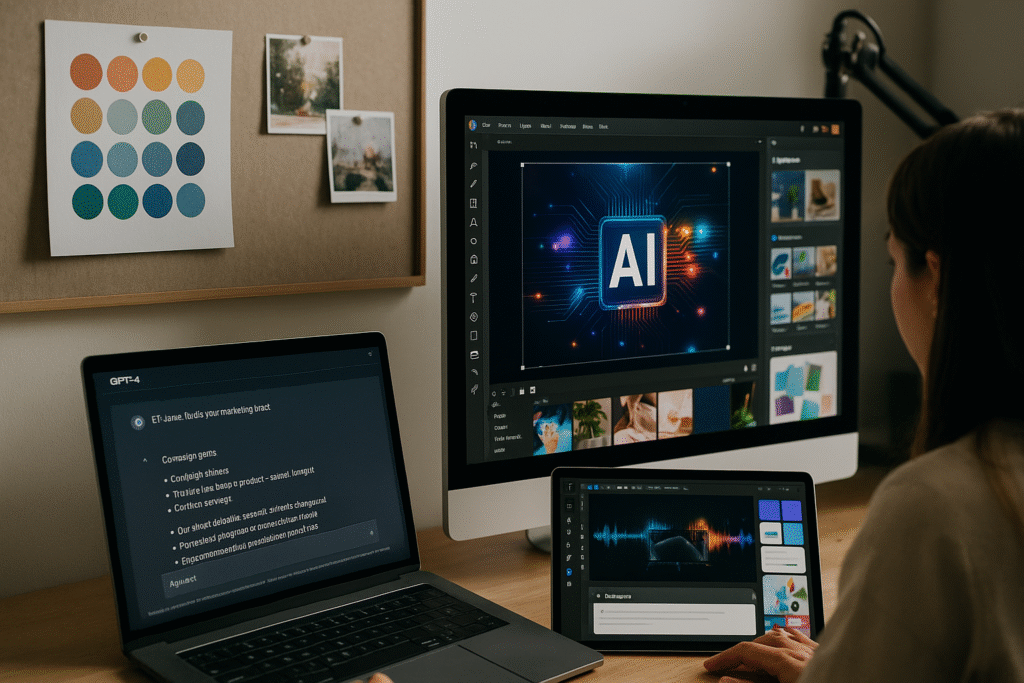Generative AI video tools like Runway, Synthesia, and CapCut’s AI features are becoming popular on TikTok and Instagram. In August, creators and brands began using these tools to produce short, stylized videos without traditional filming.
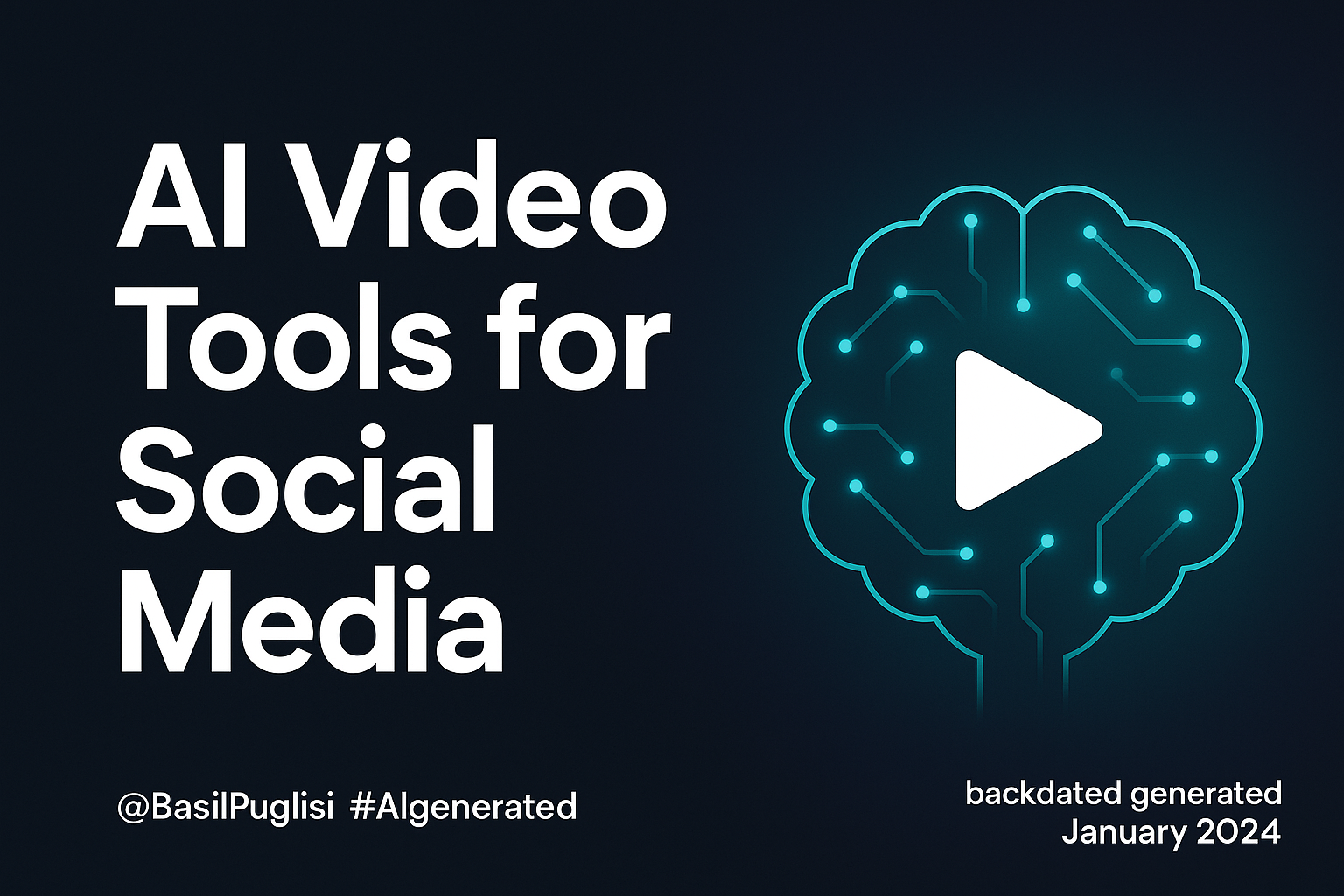
For brands, this technology reduces production costs and speeds up content creation. Campaigns can now include animated explainers, AI-generated actors, and dynamic visuals that respond to trends in real time.
However, the rise of AI video also raises questions about authenticity and transparency. Some brands are labeling AI content, while others blend it seamlessly with filmed footage.
The ability to create more content faster is changing how marketers plan, test, and scale their social media strategies.
